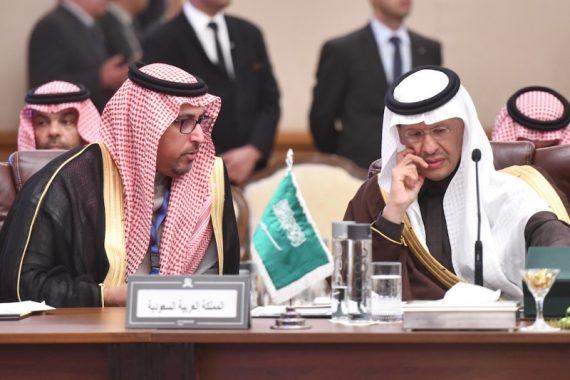I
n an unexpected move, Saudi Arabia announced on January 30 that it has abandoned its plan to increase maximum sustainable oil production capacity from 12 to 13 million barrels per day (bpd) by 2027. The surprising decision, coming amid fluctuating global oil prices, has left analysts speculating on the kingdom’s motives and potential repercussions.
The Financial Times described the move as “a major policy reversal,” Reuters labeled it a “U-turn,” and the MEES energy newsletter referred to it as “a bombshell announcement.” The decision, reportedly at least six months in the making, seems to be a response to changing dynamics in the global economy, particularly a slowdown in China.
Unnamed industry sources suggested that the decision was top-down, indicating that Crown Prince Muhammad bin Salman (MbS), the de facto leader of Saudi Arabia, played a key role in the move. The cutback reflects a reassessment of medium-term demand growth, aligning with a cautious outlook on the world economy.
Constant investment in existing oil fields
The revision means the kingdom will redirect its focus from expanding production capacity to maintaining current levels through constant investment in existing oil fields. While billions of dollars will still be allocated for this purpose, the total expenditure is expected to be significantly lower.
The decision has implications for the kingdom’s ambitious economic transformation plan, Vision 2030, spearheaded by MbS. This vision heavily relies on oil revenues and foreign investments. The slower-than-expected foreign investment in Saudi projects, including the ambitious NEOM city, raises concerns about the economic transformation’s pace.
For the week ending February 2, global oil prices experienced a 5 percent decline, with Brent crude, the main internationally traded benchmark, dipping slightly over $77 per barrel. While short-term price movements don’t necessarily indicate long-term trends, the drop signals potential financial challenges for Saudi Arabia.
The days of $100 prices are over
The Financial Times’ Lex column declared on January 31 that “Oil: The Days of $100 Prices Are Over.” It emphasized the enduring role of oil in our lives but highlighted a plateau in its value to consumers. The column pointed to the changing dynamics in China, forecasting a significant shift toward electric cars, with half of all new car sales expected to be electric by 2025.
Low oil prices, while beneficial for U.S. domestic interests, pose challenges for Gulf allies like Saudi Arabia and the United Arab Emirates. These countries, crucial for regional stability, may find it difficult to balance their budgets, impacting their diplomatic support in addressing key regional issues, including Gaza and tensions with Iran.
As Saudi Arabia navigates this strategic shift, the long-term implications for the kingdom’s economic diversification and global oil dynamics remain uncertain.
Source: The Washington Institute for Near East Policy
Recommended





